How can anybody stay away from something like gardening? I mean, is not it insanely therapeutic and creates a fascinating human-to-nature connection? However, gardening does have various types, and it comes with its own ways of eccentric generosity and aesthetics.
One such aesthetic design of gardening is bottle gardening. Bottle gardens, also known as terrariums, are gaining popularity, and they are simple to construct.
Combining small plants that thrive in similar growing conditions – normally damp shade or drought – is the trick. A bottle garden can be planted in almost any glass jar, while closed ones are better for moisture-loving plants and open ones are best for plants that are used to drier conditions.
Do not panic if you cannot find what we used; look for something similar in charity shops, garden centers, your kitchen cupboard, or on the internet.
Basics
Bottle gardens more than aesthetics is just another alternative to make your small space a garden and create as many plants as you can. This way what happens is that the entire idea of gardening took a huge turn when the bottle garden idea came up with its exceptional efficiency and beauty.
When it comes to tower gardening, the methodology and techniques can be the same, and bottle gardening also goes hand in hand with tower gardening. The reason being both are used for efficiency and are a solution to the lack of a place to build a garden.
Steps To Create a Bottle Garden
Step 1: Fill the bottom of the bottle with 5cm of horticultural grit to aid drainage. Fill the bottle with houseplant compost until it is around a third full, breaking up any lumps with your hands. Choose plants with lush foliage that can withstand low light and humidity.
Step 2: Place the plants one by one, as if they were in a pot, and firm the compost around them. Fill in any gaps between plants with moss
Step 3: The curved sides of the bottle will prevent a lot of evaporation, so water sparingly down the sides. Make sure the compost does not dry out or get waterlogged. Place in a bright, out-of-the-way place.
Types Of Plants That You Can Sow in The Tower Bottle Gardening
These are eight veggie plants that you can grow in your bottle tower gardening.
efficiently and without any haphazard. We have also given below a few tips and techniques for your plantation garden procedure.
Pepper
You will need a larger bottle to grow peppers. In bottles, grow small peppers. Since a large pepper necessitates an 8–10-gallon bottle or jar. A 2-gallon pot or bottle is all that is needed for a small pepper,2-gallon container.
Pepper is a plant that thrives in the light. For these species, 8 hours of sunlight a day is ideal. You can begin with seeds, but you should begin with seedlings. You will save a lot of time this way.
Strawberries
Strawberry plants are one of the most adaptable fruits for container gardening. Do not worry if you do not have a sunny place in your building. Since strawberries can also be grown in artificial light. It implies that you can grow them in the winter, summer, or at any time of year.
Remember to fill your plastic bottles with healthy potting soil. Harvest the fruits as soon as the plants begin to grow them because they will need space for the fruits to grow. Harvesting more means more fruits.
Oregano
Oregano is one of the simplest and fastest-growing herbs. It is best to grow them in plastic bottles. Oregano will overgrow in a raised bed garden, for example. Seeds and store-bought cuttings can also be used to start growing oregano.
The procedure is the same as for basil. Pick some oregano green cuttings and place them in a bottle of water. Roots will appear after a few days; now, pass them into the potting soil.
Radish
To grow radish, use larger plastic bottles. Reddish can be grown in a variety of ways. Choose a radish variety that produces small radishes. Sow radish seeds in a healthy potting mix. For optimal fruit growth, a larger plastic bottle (6 inches deep) is needed. They are sun-loving plants, but they can also be grown indoors in a window.
Basil
Start your herb garden now with plastic bottles. Basil can be grown both indoors and outdoors. In plastic bottles, do not use ordinary dirt. Use the finest potting soil you can find. You can either start with seeds or start with store-bought basil.
pick some green basil cuttings and place them in a bottle of water. Roots will surface in a few days. The next step is to put those cuttings into a bottle of potting soil and sprinkle some water into it. Make sure you place the bottle in the sunniest place.
Spring Onion
Plastic bottles work well for spring onions. They do not have a bulb at the end of them. Begin by sowing seeds in potting soil. If you plant them every 2-3 weeks, you can have a steady supply all year. Spring onion is one of the quickest-growing container vegetables. It only takes six to eight weeks for them to reach full size.
Spinach
Choose a bottle with a height of at least 8 inches. Fill it with high-quality potting soil. Sow a few spinach seeds, water them, and plant them in a shady spot. Spinach is a simple vegetable to grow. They can grow inside if you want to grow them inside. Winter months are ideal for growing spinach. They are not plants that thrive under direct sunlight. These plants can be damaged by direct sunlight. That is it, a good shady spot or indoors.
Conclusion
We have discussed different vegetable plants you can sow in a bottle tower garden and get effective results. We have also highlighted the importance of techniques and methodologies for a fuller and more satisfying growth of the plants.

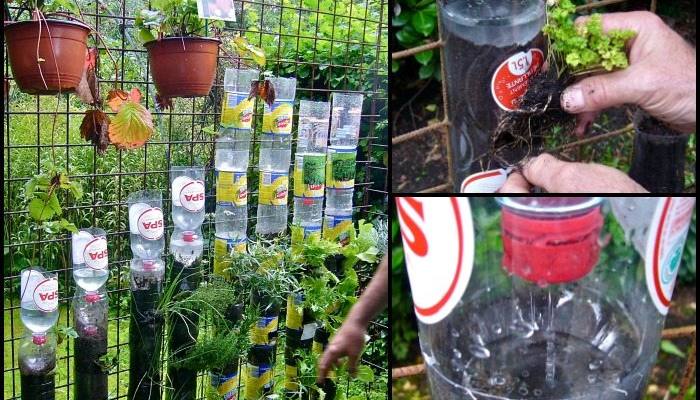
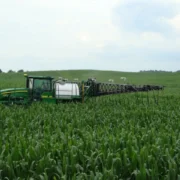
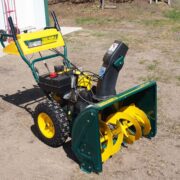
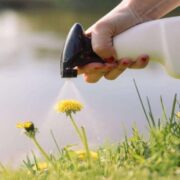
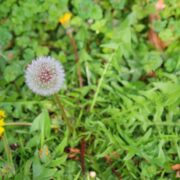
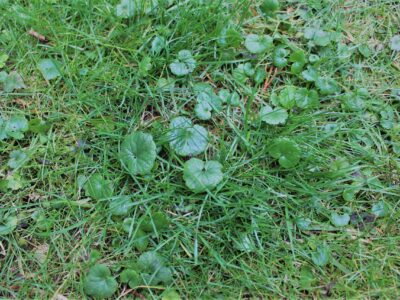
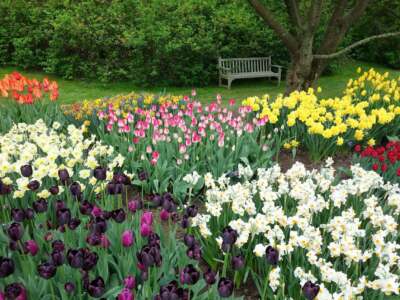
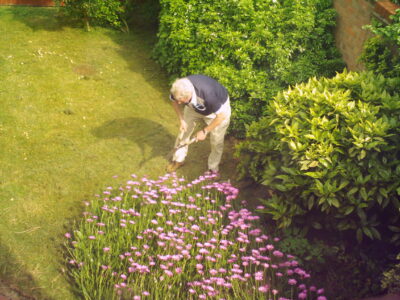
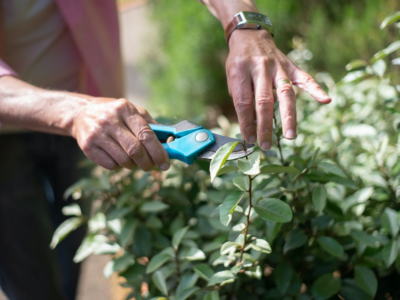
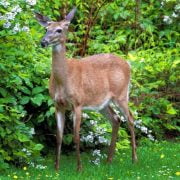
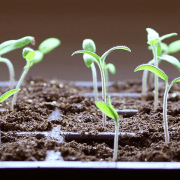
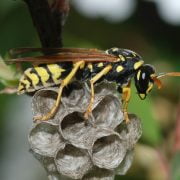

Comments